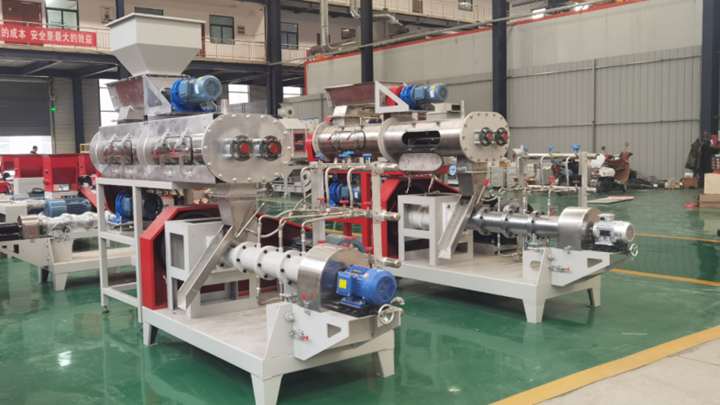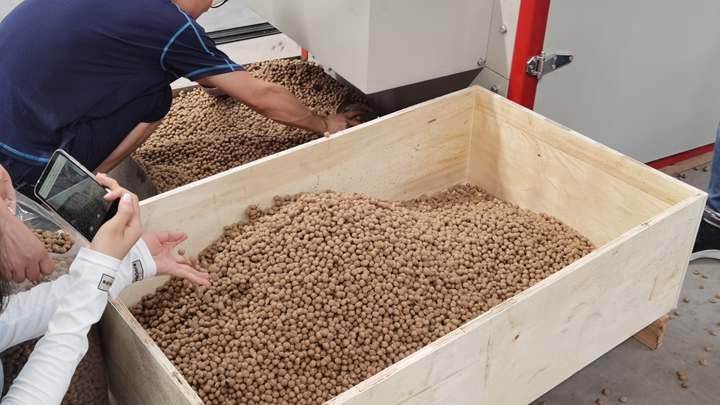.jpg)
End-of-Lay Hens: Egg laying poultry that have reached a timed point in their egg-laying cycle beyond which productivity significantly declines and they are removed from production. Enriched Cage : A wire mesh enclosure outfitted with perches, nest area, scratch area, and more head room compared to a conventional cage; group sizes in furnished cages can range from 10 to
.jpg)
2019/02/14 · This study evaluated the effect of oregano essential oil added to the feed of commercial laying hens. This research was focused on the analysis of biochemical changes linked to hepatic function, and protein and lipid metabolism. It was used 240 laying hens (59 weeks-old) distributed in a completely

2018/07/11 · Data were collected from 65 laying hen flocks (52.5% response rate) in 26 furnished cage, 17 single-tier and 22 multi-tier systems. Flocks were on average 45.1 ±
.jpg)
2022/02/25 · Housing: Hens for a laying flock can be purchased as day old chicks, as pullets at 18-20 weeks of age or as mature laying hens. Good feeding management and light control will help to maintain maximum egg production. Pullets are housed in a layer building at 18-20 weeks of age. (Farm flocks that run loose may not start laying until 24 weeks of age.) Floor space

If hard copies are required, please contact Egg Farmers of Canada. Code Interpretation - a written clarification of the meaning of a section of a Code Interpretation to section 2.5.4 (Foraging and Dust Bathing) with respect to whether “bedding” must be added to aviary systems, or whether the gradual accumulation of “litter” over time is sufficient (JAN 2019)
.jpg)
.jpg)
2020/11/25 · My homemade chicken feed actually costs the same as the commercial poultry feed at my local feed store. This may not be true for everyone, but on the west coast, a premium bag of soy-free, organic layer pellets averages $0.70 per pound. My soy-free, almost organic, whole grain feed costs $0.69 per pound (and would even be less if I purchased in
.jpg)
2021/07/07 · Alberta egg farmers supported the policy and embraced the shift to alternative hen housing systems, which includes enriched, free-run and free-range. Between January 2014 and December 2018, 20% of laying hens in Alberta transitioned out of conventional housing. As of the end of 2018, 32% of provincial egg production is from laying hens housed
.jpg)
Improve the feed efficiency of laying hens, significantly decrease feed conversion ratio and reduce feed costs. Improve egg quality Significantly increase nutrient in eggs, increase egg weight and yolk percentage and improve egg uniformity;
.jpg)
2022/02/11 · Kaytee Chicken Supplements. Check Price on Amazon. The chicken feed is a supplement with layers of nutrients. It contains supplements like calcium for healthy bones. 18% protein. Probiotics for digestive health. Easy to eat crumbles for
.jpg)
.jpg)
alternative systems where the stocking density does not exceed 9 laying hens per m² usable area, with at least one nest for every 7 hens and adequate perches. Whichever system is used, all hens must have a nest, perching space, litter to allow pecking and scratching and unrestricted access to a feed trough. The directive also states that all

2008/07/29 · The finer particle size (2mm) resulted in better performance than coarser particle sizes. However, overall optimum performance was achieved when the whole wheat plus balancer ration was given to hens. Offering feeds in such a form would also reduce diet costs per 100 eggs produced and in addition, reduce the energy required for diet production.
.jpg)
Layer 17%. 28 ounces. 9 lbs. 21 lbs. 44 lbs. How much organic feed will your laying hens eat is a common question we get. Above is a feed chart for laying hens based on our own results. Starter Feed - For the first 6 weeks your chicks should be on organic starter feed. Laying chicks require a 20% protein feed.
.jpg)
2013/10/01 · Eight diets were fed to Hy-line hens (n = 576) from 50 to 66 weeks of age. And it was found that with a reduction in dietary P in the NC diet, egg production, egg mass, feed intake, final BW, BW gain, eggshell thickness, and eggshell strength of laying hens decreased (P < 0.05). In addition, the number of soft-shelled, cracked and broken eggs